The Article
BLACK SABBATH’S TEN YEAR WAR – THE ULTIMATE GUIDE
13th December 2017
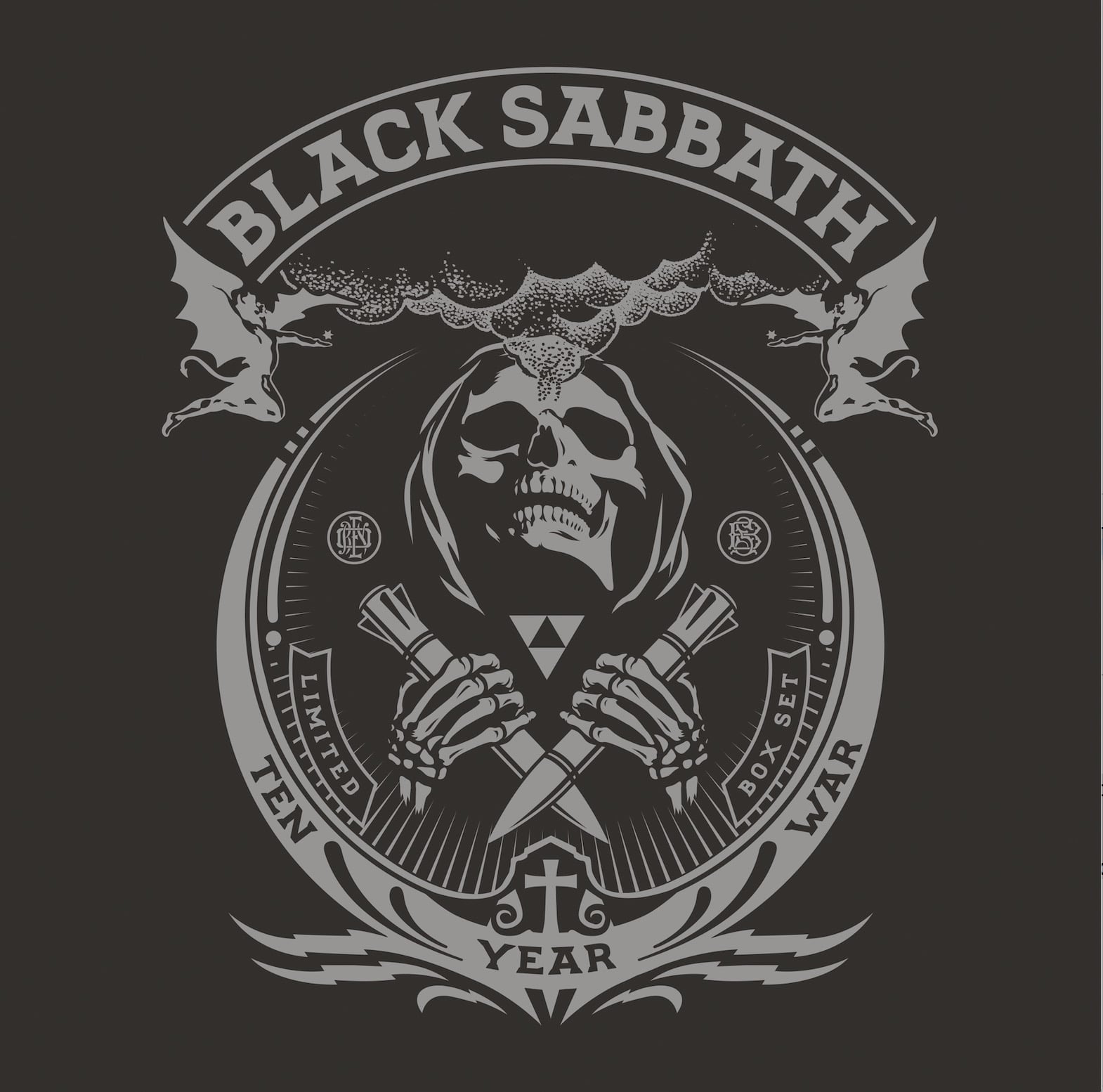
Black Sabbath has released a luxurious and wide ranging vinyl box set covering their glory years from the 70s. Paul Rigby provides a thorough review and interviews the reissue mastering engineer, Andy Pearce
The importance of this rock band cannot be understated. Black Sabbath pioneered the heavy rock genre itself. They combined an underlying blues vibe with a doom-heavy and leaden rhythm rock foundation that reflected their industrial, Birmingham backgrounds and the frustration and anger that emerged from it. Blues and the Black Country. Is it any wonder that both of this base elements would spawn the energy that roared from the primitive vocalisations of lead singer, Ozzy Osbourne, Bill Ward’s spare yet powerful drum work, Tony Iommi’s searing guitar riffs and Geezer Butler’s rumbling bass and apocalyptic lyrics that was infused with the works of the occult?
THE BOX!
This new, limited-edition box set, entitled The Ten Year War, via BMG, brings together the band’s eight Ozzy-fronted albums plus rarities, all housed within exclusive artwork created by street artist, graphic designer and activist Shepard Fairey.
The star is the newly remastered, splatter-coloured vinyl. In the box you get the LPs, Black Sabbath, Paranoid, Master Of Reality (including original fold-out colour poster), Vol.4, Sabbath Bloody Sabbath, Sabotage, Technical Ecstasy and Never Say Die! In addition, the box contains two rare 7” singles, reproduced in their original sleeves: the Japanese version of Evil Woman (Don’t Play Your Games With Me)/Black Sabbath and the Chilean version of Paranoid/The Wizard (only 100 copies of the original radio promo were pressed).
Included within this box is a replica of the brochure, The Ten Year War a response for contemporary press criticism that held the tagline “…more good press than most – more bad press than any.”
You’ll also find a crucifix-shaped Black Sabbath USB stick, exclusive to this box set, which can be worn round the neck and contains MQA-audio of the first eight Black Sabbath albums.
You’ll also find a hardback book, including photography of the band during their 1970s tours, recording sessions and photo-shoots, a Tenth Anniversary World Tour 1978 Official Programme and a reprinted tour poster from the 1972 Seattle Centre Arena show.
TALKING TO ANDY PEARCE
Freelance mastering engineers Andy Pearce and Matt Wortham worked on this new box set, “Years ago, reissues where produced along the lines of ‘This is the budget, here’s the stuff, get on with it’,” said Pearce. “A bare bones approach. Nowadays, we like to do more bespoke productions, getting the best tapes, strict A-B tests, finding the earliest generations and that kind of detail”
Pearce calls this approach “Drains up”, which is a familiar term in his sector of the industry. This is a housing metaphor, when a house is thoroughly repaired and improved from the very bottom (the drains), upwards to the very top. That is, the best job you can possibly do. This approach has been applied to the Black Sabbath, Ten Year War box set.
A host of tools were used to get the job done, “I used a Studer A820 master recorder which has a ½” and ¼” rig set up,” said Pearce. “The A820 was the last real professional model that was manufactured. It’s in particularly good order, still looks brand new. I’ve used Ampex machines in the past – which sound great – but the transport of the Studer is so kind to the tape.”
And its the original master tape that was used during the creation of this box tape. In fact, while using the tape as a source, Pearce took nothing for granted and paid careful attention to every note. One note of welcome OCD-like focus arose when Pearce and Wortham attended to the LP, Paranoid, “There’s a real dirge-like section in there. We were not sure if this was the music itself or damage. We’ve remastered this album on at least four occasions in the past but we had more license to address this remaster in fine detail. I talked to the label and asked for another source to compare. I had to see if the tape had been damaged in the past or if it was meant to be like that. “I went over to the management office and picked up an early copy of the album from the vault which had not been previously seen by me. Chances are that it was less used and less chance of damage. I signed a loan form (while the archive manager commented that, if I didn’t return the disc soon, they’d have my legs off.) Which I found quite…amusing. I quickly ran over to the studio, transferred the disc to my studio and ran it back. Legs intact.”
And, would you believe it, this dark section was actually meant to be dark and brooding. It wasn’t damage after all. That said, any Black Sabbath fan would applaud Pearce for caring enough to find out in the first place.
“I wanted to check this because of the dubbed nature of some of the tape around that time and the fact that some tape of the era shed oxide. Ampex in particular, where the binder would absorb water resulting in flaking on the heads.”
Some of Black Sabbath masters from the later 70s decade did suffer from oxide shedding but Pearce managed to conserve the tapes before any aural damage could be heard.
“When we receive a tape, the first thing we do is smell it – you can smell the damp on it. We’ve even seen mould on tape. Once you start to move the tape, the damp becomes airborne so you have to wear a mask. You don’t know what’s in that stuff. We do a test on a blank piece of non-music tape to see how it bears up. If it starts to leave a residue on the head then its into the oven for baking.”
The baking removes the moisture in the tape and fixes the oxide to the master tape itself. If done carefully and gently, the tape itself can enjoy many more years of use.
“Before we remaster, we listen to many of the early LP releases as possible as well as the tape. To get a feel for the music and the levels, EQs and the like. These are used as references.”
From there, the music was transferred to 24bit/96kHz for editing. Fortunately, in terms of the actual editing, there was nothing dramatic required although, “We did ‘topping and tailing’. This is getting rid of noise in the gaps between tracks or the leader track,” said Pearce. “I didn’t de-noise or de-hiss the actual music, though. I don’t think that the technology is there yet to get rid of this in the music itself so I left well alone. There’s always a danger of forgetting about the music and concentrating too much on the noise. Which results in damage to the music itself. The music is priceless. I’d rather hear a bit of third generation hiss than something that sounds unnatural and squeaky. You need to treat the music with respect.”
ANDY PEARCE ON…
Never Turn Your Back on a Spooling Tape
“I did that once when I was younger to have a cup of tea, only to return to see the floor full of one inch bits shredded all over the floor. You make one mistake like that and you never do it again. The engineer, who had gone down to the pub, leaving me to do a few bits and pieces came back and said, ‘You can edit that all back together.’ I was about 18 at the time. I was horrified! He was joking but he apparently enjoyed the look on my face that moment, though.”
Reel-To-Reel ‘Others’
“I do have other machines for other tasks. I have a collection that comes in handy. For example, a Bang & Olufsen which I use to transfer tapes. Mainly because you could use two tracks in one direction and then turn the tape over and have two tracks in the other direction. The machine was used domestically to make demos and, sometimes, I receive tapes in that format and on varying tape speeds (tape was expensive then). I also have a Akai 4000DB for similar reasons.”
SOUND QUALITY
I tested the new vinyl with a host of original pressings to see how the box set measured up in sonic terms. After cleaning all discs with an Audio Desk’s ultrasonic Pro Vinyl Cleaner (www.audioconsultants.co.uk) I compared the debut, Master of Reality (1970) with the (now rather expensive) Vertigo original. The most important part of this record is the overall feel of the music: that dirge-like, wading though mud-type rock progression. The new cuts retain that feel of enclosure and claustrophobia. What is different, though is the clarity. There is much more available on this new remaster. Right from the stereo channel-spanning cough at the beginning of Sweet Leaf, you can hear great intonation and detail. Osborne’s own vocal performance is far clearer, allowing more emotion to seep through the rock meat. You can hear nuance and more effort in his singing. Percussion is similarly clear, treble-based cymbals are sweeter and retain an extra splashy nature. Iommi’s guitar is notably more intricate but the big winner here is the bass guitar which emerges from the depth of the rock pit to become a bigger part of the overall mix.
On the original Vertigo issue of Vol.4 (1972) now and Wheels of Confusion as was surprised to hear a much wider and broader soundstage on the remaster. There was far more air and space here which allowed the drums and cymbals to manoeuvre, combining the power of the bass with the delicacy of the drums. Osborne’s own vocals, rather pinched on the original, now had a fuller and richer quality on the remaster. Most startling of all was the lower volume. I assume the original has a touch of extra compression, the remaster removes that, allowing you to up the volume and access even more detail.
I then moved to a later album release, Technical Ecstasy (1976) and Back Street Kids. This one would be interesting because the remaster had to cope with shedding oxide and baking to allow processing. The result is a triumph! The new sense of clarity brings this track to life, adding points of detail were none previously existed. Cymbal work is fresh and offers delicate responses, while the guitars have been brought forward to the ear instead of being squashed into the rear of the mix. The vocals, meanwhile, have been lifted a touch, to separate them a little from the band itself.
I tried something a little different with Paranoid (1970) and the track Warpigs by playing the original Vertigo issue then comparing that with the later NEMs reissue (1976) and then the new remaster.
In comparison to the original cut, the NEMS reissue lifts the midrange, adding a slight compressive edge which does highlight the detail and adds pace and life to the music but also adds a slight clinical vibe to the LP. The remaster also lifts the detail but does so in a completely different way. Adding a spacious and airy midrange, it increases the richness and the size of the soundstage, opening up the detail and removing the veiling that could be heard on the original release.
The improvements continued throughout this box set, confirming the superiority of the sonics from this box set, even when compared to the referred original Vertigo cuts. The dynamic reach has been enhanced, detail now rolls towards the ears in tidal waves while loudness and compression are not part of this package. A brilliant and impressive suite of vinyl remasters that form part of a superb set. Highly recommended for any fan of heavy rock and an absolutely essential purchase for any Sabbath fan who wants to hear what really going on in these classic albums.
THANKS TO…
Thanks to Jim Penistan at Back to Mono for his help in creating this article
Click on www.backtomonorecords.com
Tel: 01522 537988
Email: [email protected]

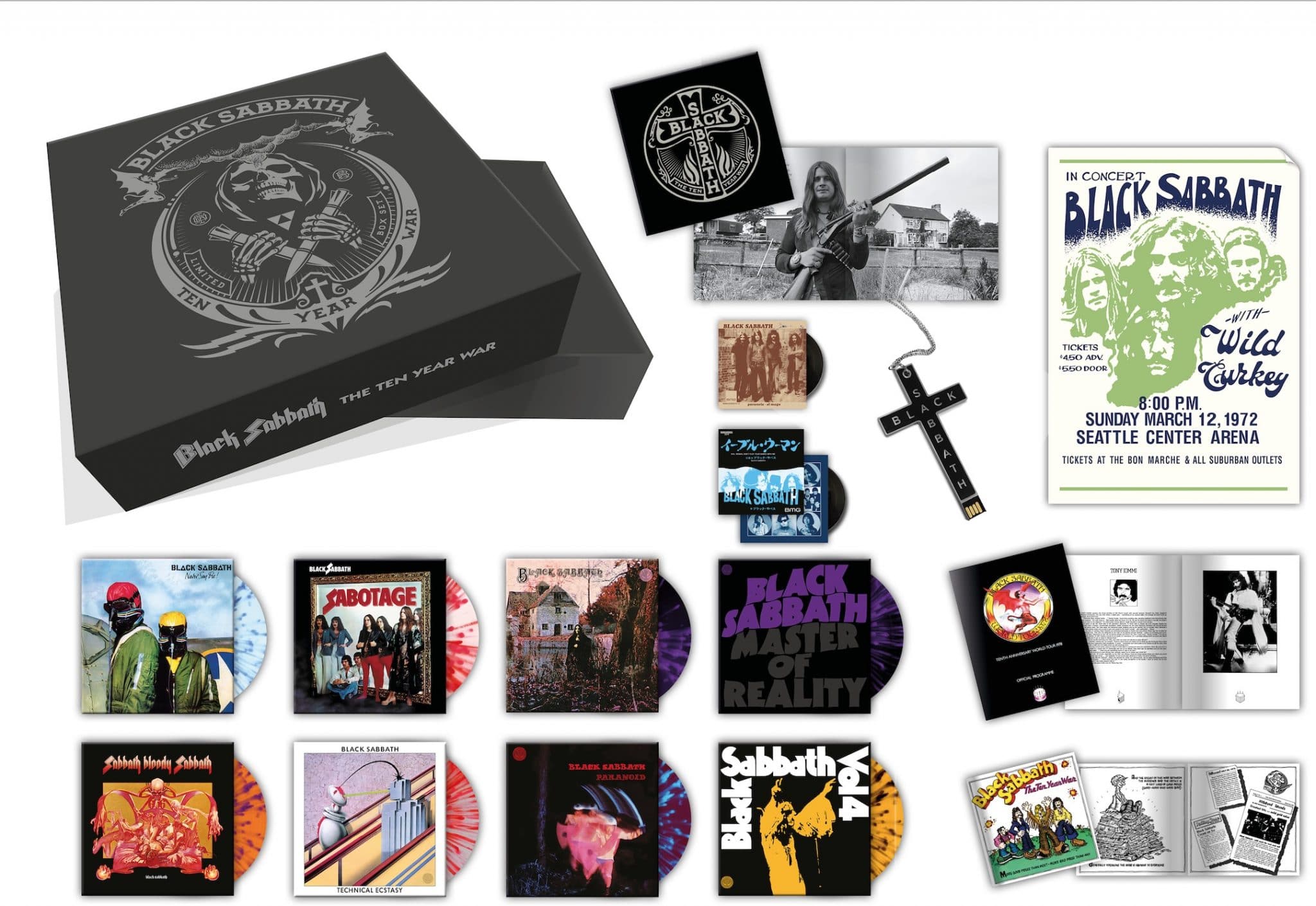
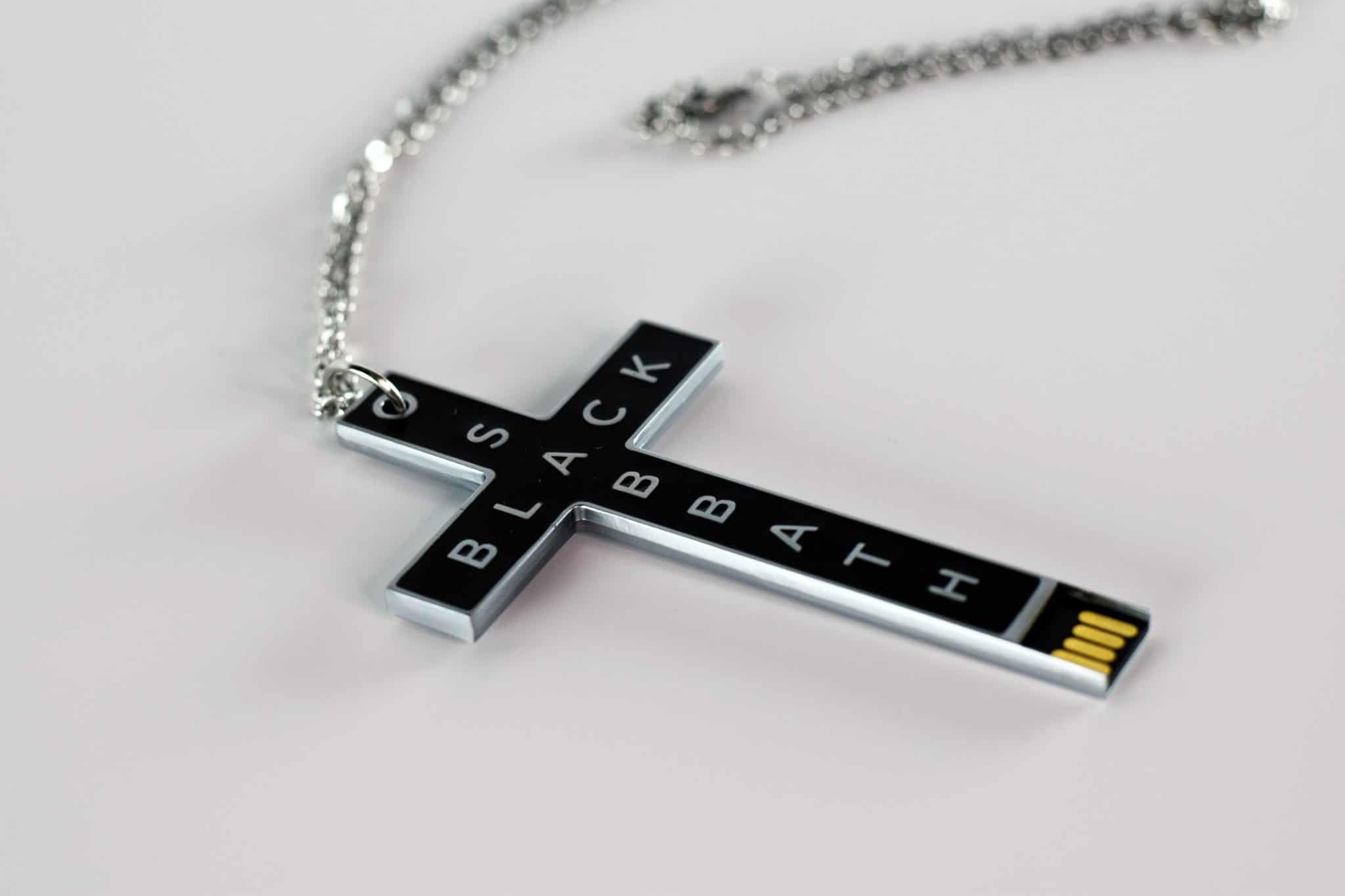
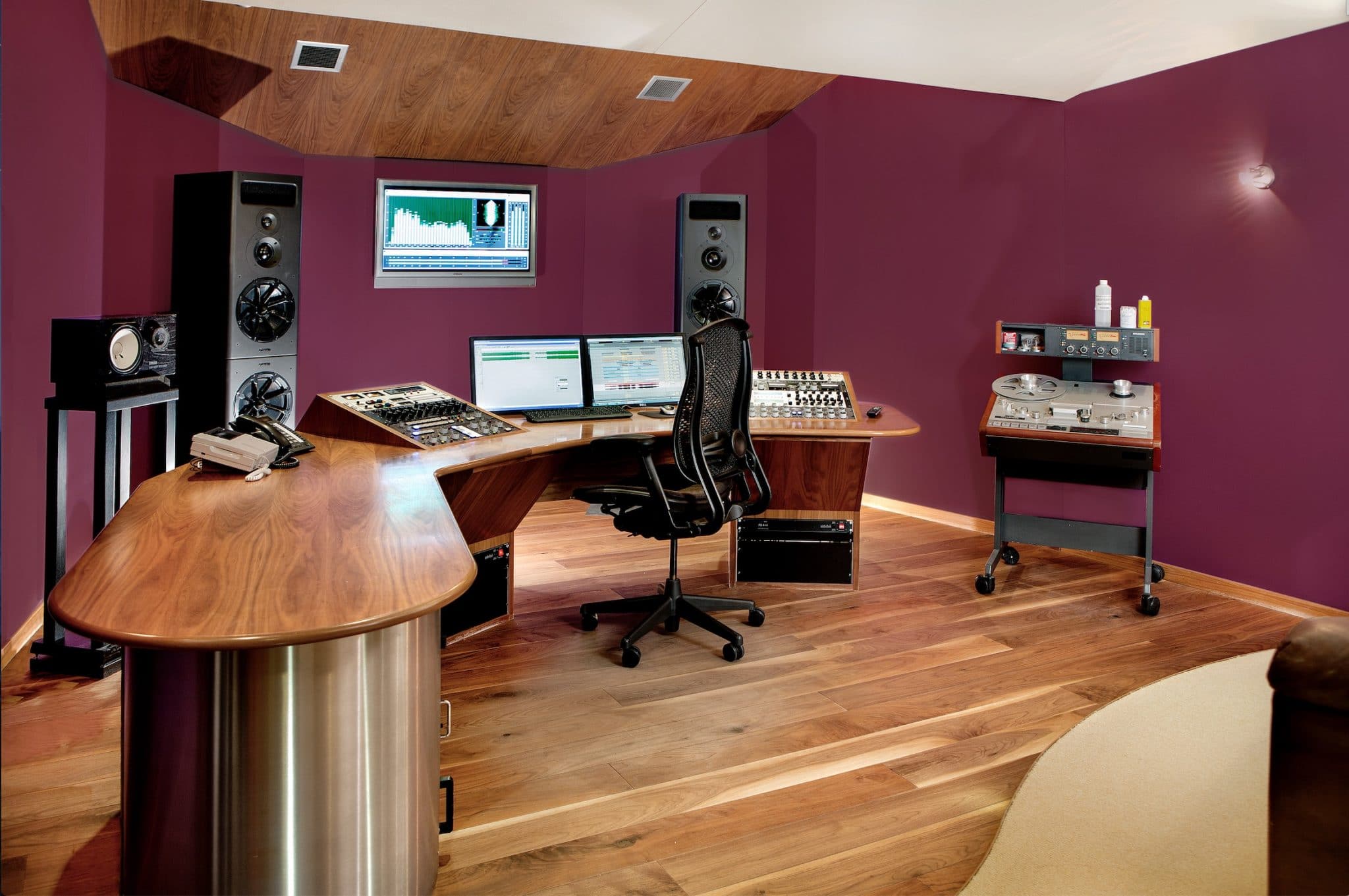
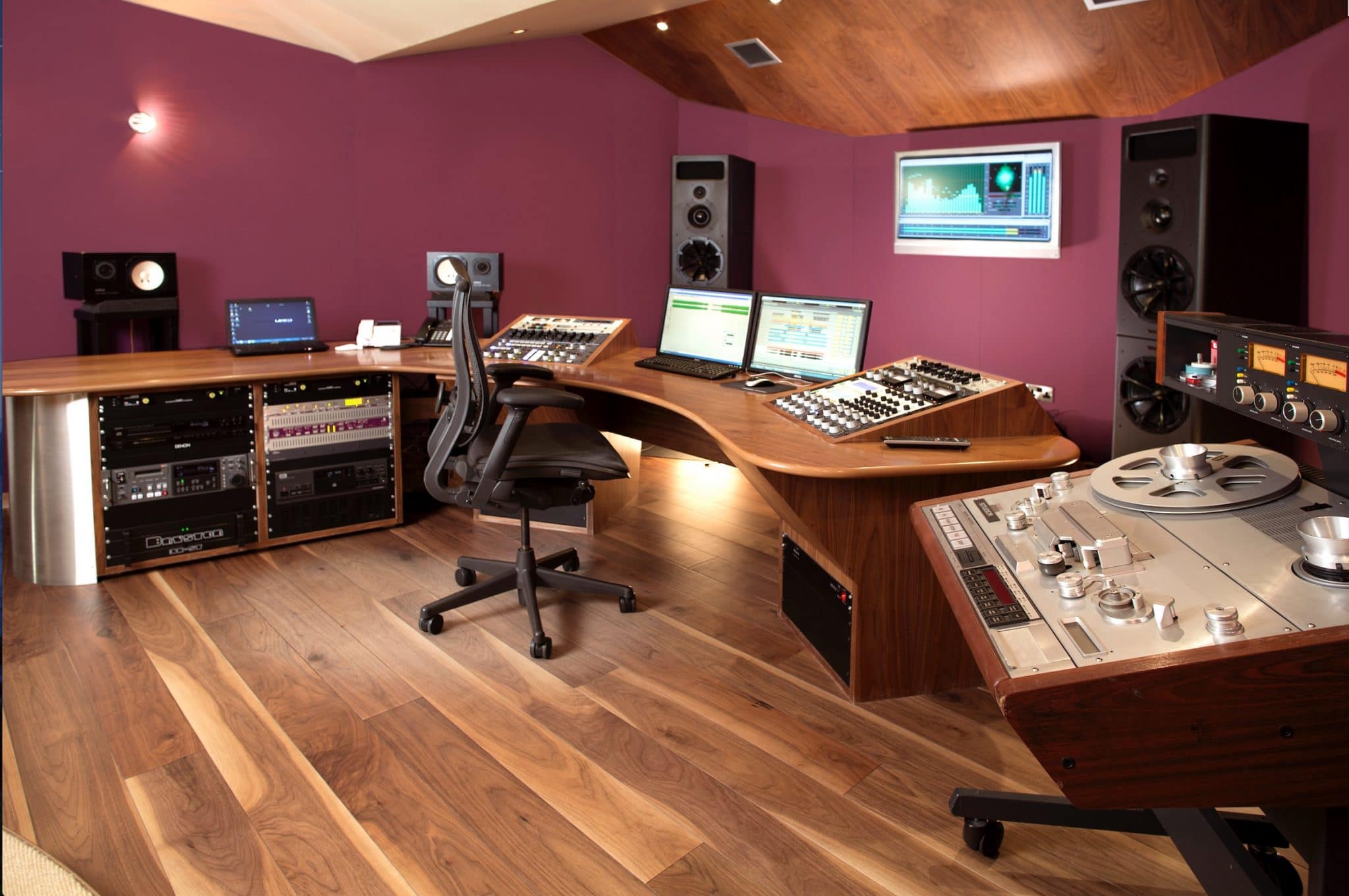
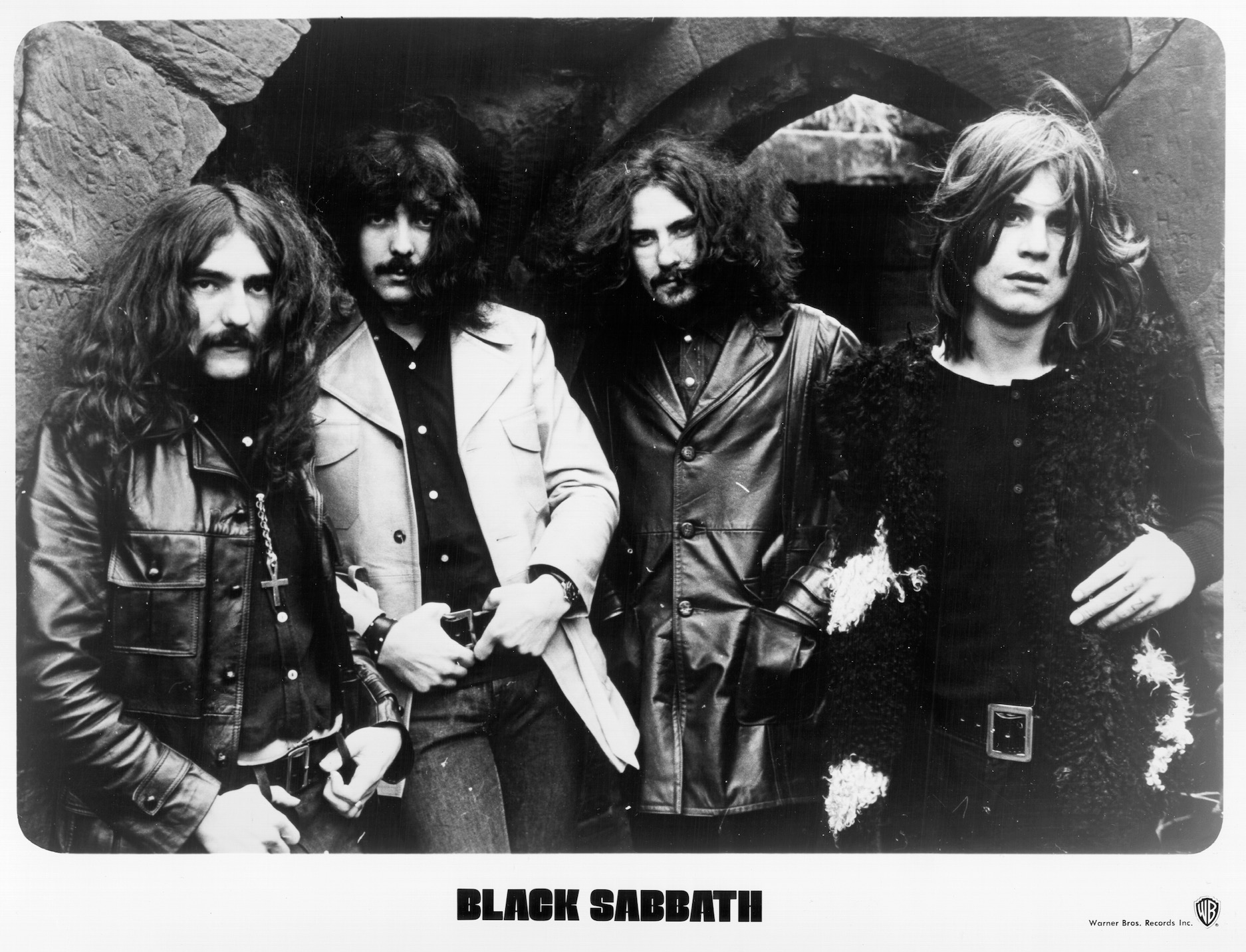
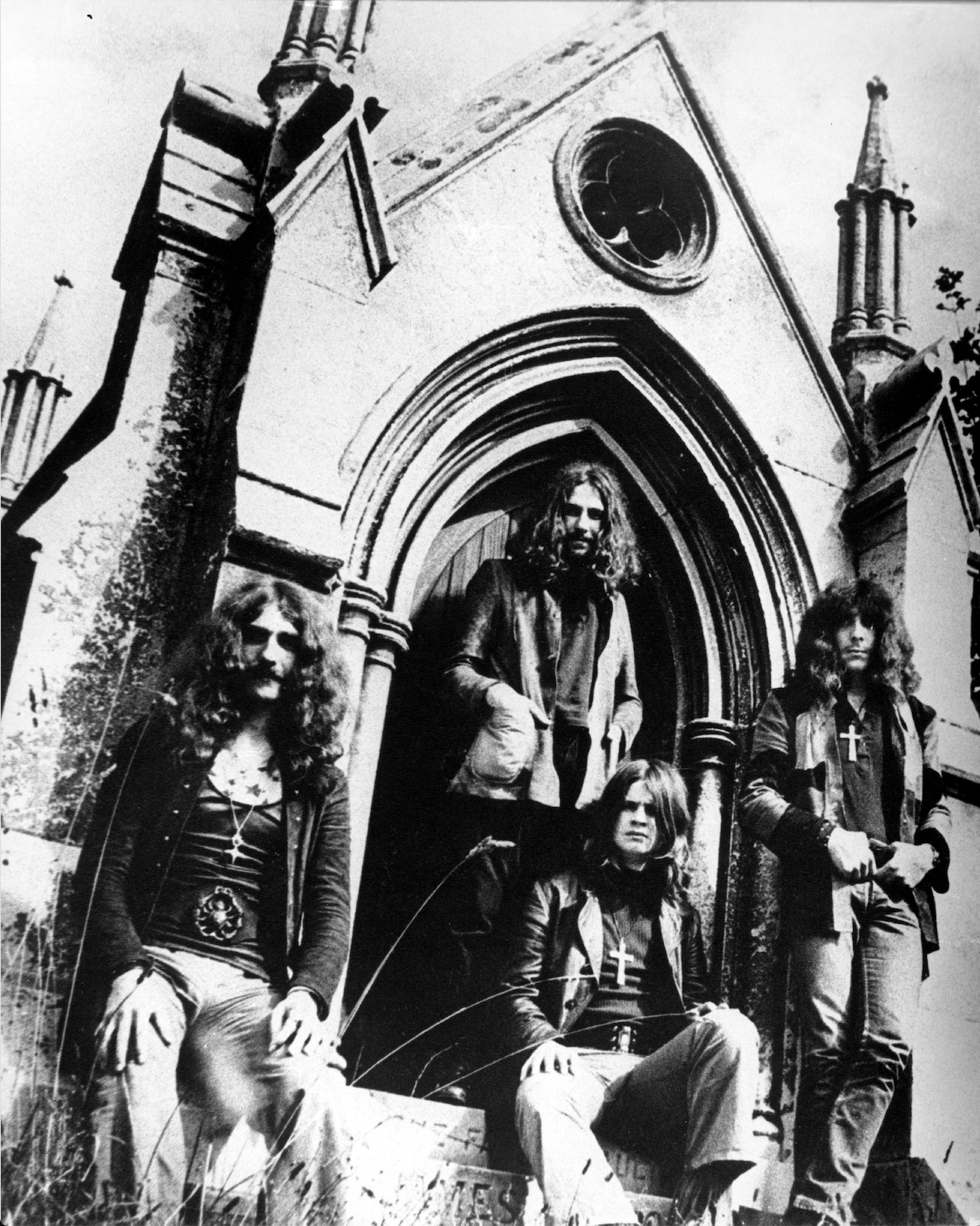
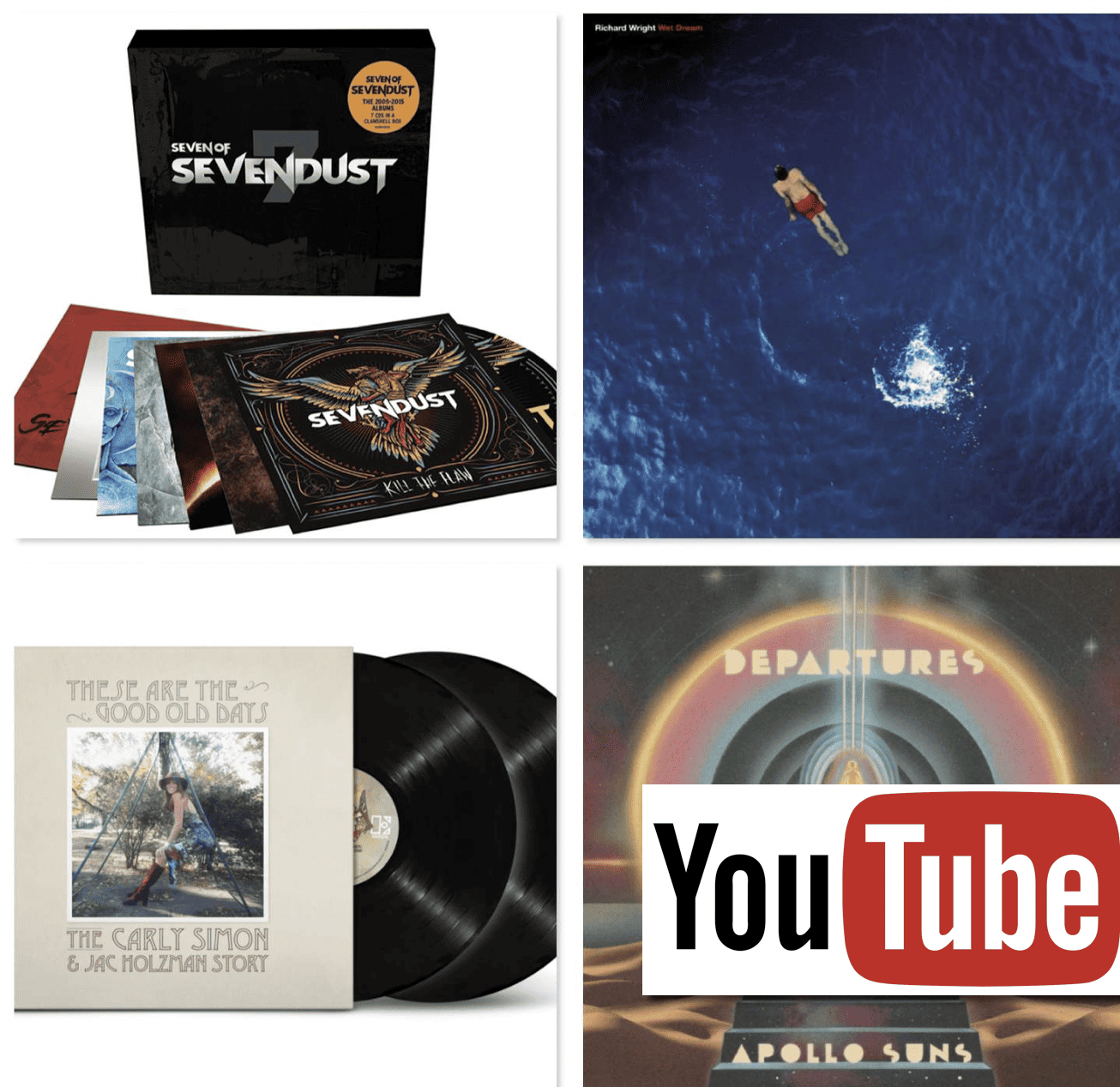
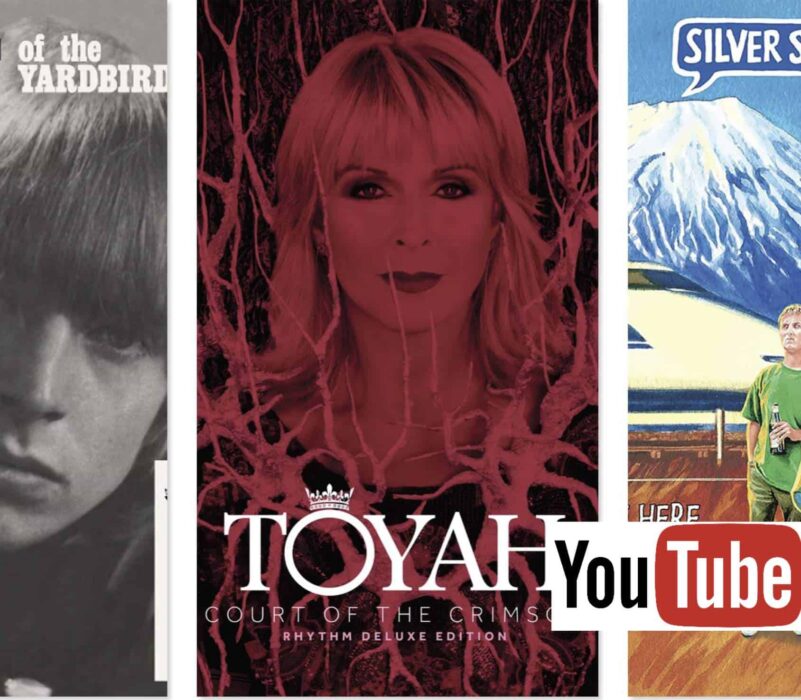
Is this based on the Andy Pearce remaster from 2009 or is it a new remaster for the Ten Year War box?
Hi Karl – thanks for the question. This box set feature brand new masters.
Great review, do you know how does this box sounds vs the 2004 Black Box?
Many thanks Gilberto – sorry, I never had the opportunity of grabbing that one. Considering the time and resources awarded to this new box, though, I would have full confidence in it, if you’re considering a purchase.
Sorry Paul, it has been a long time since your kind answer, finally yes, I got one of this boxes
Best Regards
Good stuff! Keep rocking, Gilberto 🙂